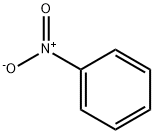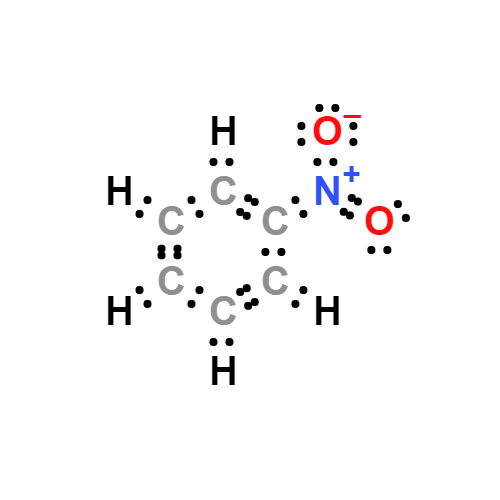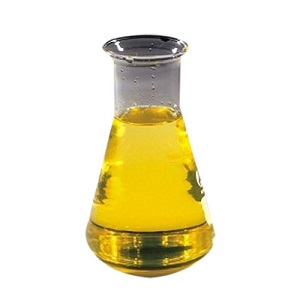
Nitrobenzene
- Product NameNitrobenzene
- CAS98-95-3
- CBNumberCB7854756
-
MFC6H5NO2
Lewis structure
- MW123.11
- EINECS202-716-0
- MDL NumberMFCD00007043
- MOL File98-95-3.mol
- MSDS FileSDS
Chemical Properties
| Melting point | 5-6 °C (lit.) |
| Boiling point | 210-211 °C (lit.) |
| Density | 1.196 g/mL at 25 °C (lit.) |
| vapor density | 4.2 (vs air) |
| vapor pressure | 0.15 mm Hg ( 20 °C) |
| refractive index | n |
| Flash point | 190 °F |
| storage temp. | Store below +30°C. |
| solubility | 1.90g/l |
| form | Liquid |
| pka | 3.98(at 0℃) |
| color | Clear yellow |
| PH | 8.1 (1g/l, H2O, 20℃) |
| Relative polarity | 4.5 |
| explosive limit | 1.8-40%(V) |
| Water Solubility | slightly soluble |
| Merck | 14,6588 |
| BRN | 507540 |
Safety
| Symbol(GHS) |
 
|
|||||||||
| Signal word | Danger | |||||||||
| Hazard statements | H301+H311+H331-H351-H360F-H372-H412 | |||||||||
| Precautionary statements | P202-P273-P280-P301+P310-P302+P352+P312-P304+P340+P311 | |||||||||
| Hazard Codes | T,N,F,Xn | |||||||||
| Risk Statements | 23/24/25-40-48/23/24-51/53-62-39/23/24/25-11-36/37/38-60-52/53-48/23/24/25-36-20/21/22 | |||||||||
| Safety Statements | 28-36/37-45-61-28A-16-7-27-53-26 | |||||||||
| RIDADR | UN 1662 6.1/PG 2 | |||||||||
| OEB | B | |||||||||
| OEL | TWA: 1 ppm (5 mg/m3) [skin] | |||||||||
| WGK Germany | 2 | |||||||||
| RTECS | DA6475000 | |||||||||
| Autoignition Temperature | 899 °F | |||||||||
| TSCA | Yes | |||||||||
| HazardClass | 6.1 | |||||||||
| PackingGroup | II | |||||||||
| HS Code | 29042010 | |||||||||
| Hazardous Substances Data | 98-95-3(Hazardous Substances Data) | |||||||||
| Toxicity | LD50 orally in rats: 600 mg/kg (PB91-108398) | |||||||||
| IDLA | 200 ppm | |||||||||
| NFPA 704: |
|

